About the museum
- Home
- About the museum
Since 1997 to 2021

Started by New York resident and Atari fan Curt Vendel in the adolescent internet of 1997 as the Atari Prototypes and Vaporwares website, it became an instant honey pot for all Atari fans online.
In 1998 the Atari Historical Society was formed and the website became the Atari Museum. Curt passed away tragically young in 2020, but we remember him and his love of Atari through the continuation of this project.
About The Atari Museum
Preserving the history of Atari is our main philosphy, for everyone to enjoy.
A little history of The Atari Museum ** (Needs updating and names added etc) **
To better co-ordinate the huge task of preserving the history of Atari, the Atari Historical Society was formed by Curt Vendel (USA) and Karl Morris (Ireland) in 1998 to establish an overall organisation or umbrella for all our friends. Many friends were involved in helping Curt preserve the history of Atari from around the world, helping share as much information as possible through the Atari Museum and other friend’s Atari websites. These included Markus in Denmark, David Leonardis in the US, Brian Wiklem (active member of the video game industry), Christopher Strong & Glenn Bruner (both masterful electronics wizards who constantly discovered new technical information to share with the public) and George Reese (devouted Atari 5200 fanatic) to name but only a few. Many former Atari employee’s such as Al Alcorn, Mike Albaugh, Steve Bristow, Owen Rubin, Regan Cheng and Gary Rubio are always contributing and sharing their insight and assistance to the museum
Combined, they established a world wide presence in keeping Atari’s history alive. Curt and Karl maintained and updated the Atari Museum on the web at www.atarimuseum.com for many years, with Marty Goldberg becoming a close friend and co-author in the early 2000’s. Before the internet was a thing, Curt Vendel maintained contact with the Atari community through FIDOnet which was a network of Bulletin Board Systems run by individuals who maintained Atari message bases as well as Compuserve, Curt also ran an Atari users group (SIAUG) and attended other user group meetings to show to members some of the recovered Atari items and paperwork over the years as well as writing many articles for other New York based Atari users groups (BAUG) and Bulletin Board Systems (Fordham Prep).
How long has the Atari Museum been in existence?
The Atari Museum was formerly named in 1997 when several former Atari employees and Curt Vendel discussed the large accumulation of paperwork, memo’s, hardware data, engineering logs, software and hardware that had in fact become the history of all that is Atari and come together into one primary source. Since so many former Atari people have come together and directed so much of their time and assistance for this effort the site was formerly named the Atari Museum . Before this it was an Atari website on the web showing many non-released products. Much earlier than that a Bulletin Board system was run out of New York City called “The Star Trek BBS” from 1986-1988 (though from 1984-1985 it ran part time from 11pm to 6am then in 1989 it became “The Earth Access Center” and answered and corrected questions and postings about Atari history and products).
Why is Atari Museum doing this?
At one point in time Atari was a household name like Coca-Cola, Band-Aid and McDonalds. Now in the Sega/Sony/Nintendo generation many only know Atari as that “game company in the 80’s that did Pac Man or something”. Atari’s history and its accuracy are quickly being lost as each new game console and computer system is introduced. Many people never knew about many of the projects and technologies that Atari pioneered, or they did more then just videogames and had its own microprocessor design facility, a new Telecommunications division, it was looking into holographic games, did work for the US Military and was even looking into starting an on-line video games service through Warner/Amex Cable. Even during the first years of Atari’s computer division, IBM was in talks with Atari about a joint computer system or even in buying Atari completely. Atari had a wide spread influence on the entire gamming and computing industry and many people working today can trace their roots back to Atari. The Atari Historical Society is trying to track down and recover as much of the lost history of Atari as possible. Due to the mishandling of previous owners of Atari after the sale from Warner Communications, Atari’s legendary history from its archives was literally thrown out and discarded with no care, so we have made it a point to recover as much as possible and to reconstruct all that was Atari to help preserve it and help present this to the world for all to see and read.
Can people view the actual pieces in the museum in person?
The Atari Museum was primarlily run out of New York by Curt Vendel who frequently displayed items at various video gaming and computing events around the country and also placed items on loan to shows, museums around the United States and Europe for display at physical Museums or for various projects. Curt had been scanning and digitizing as much printed material, diskettes, ROM chips and VHS video tapes as he could to preserve these items and put them up publicly for years through the museum. This website will not only honour the work of Curt Vendel, but continue it on to the best of our ability. While many of the hardware items and paperwork are unavailable at this time due to Curt’s passing, we would ask respectively that you contact this website directly and not the family at this time should you have any further queries. Thank You.








